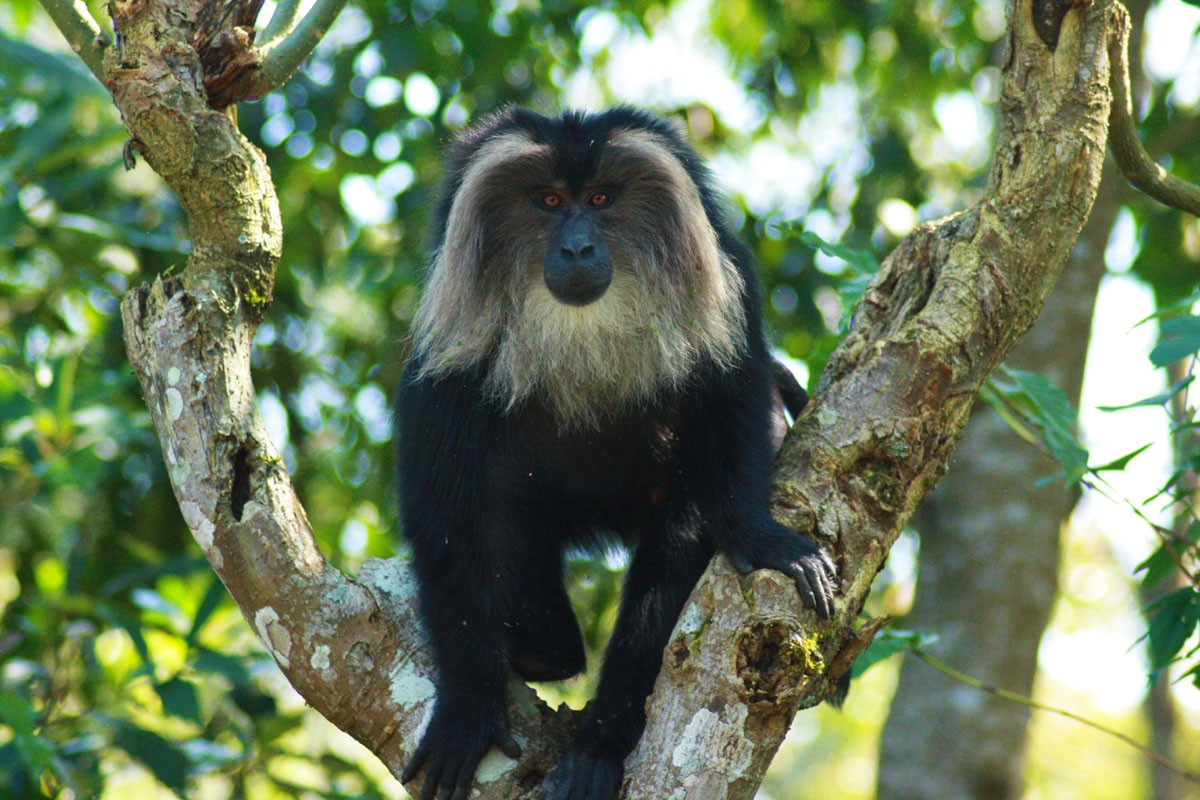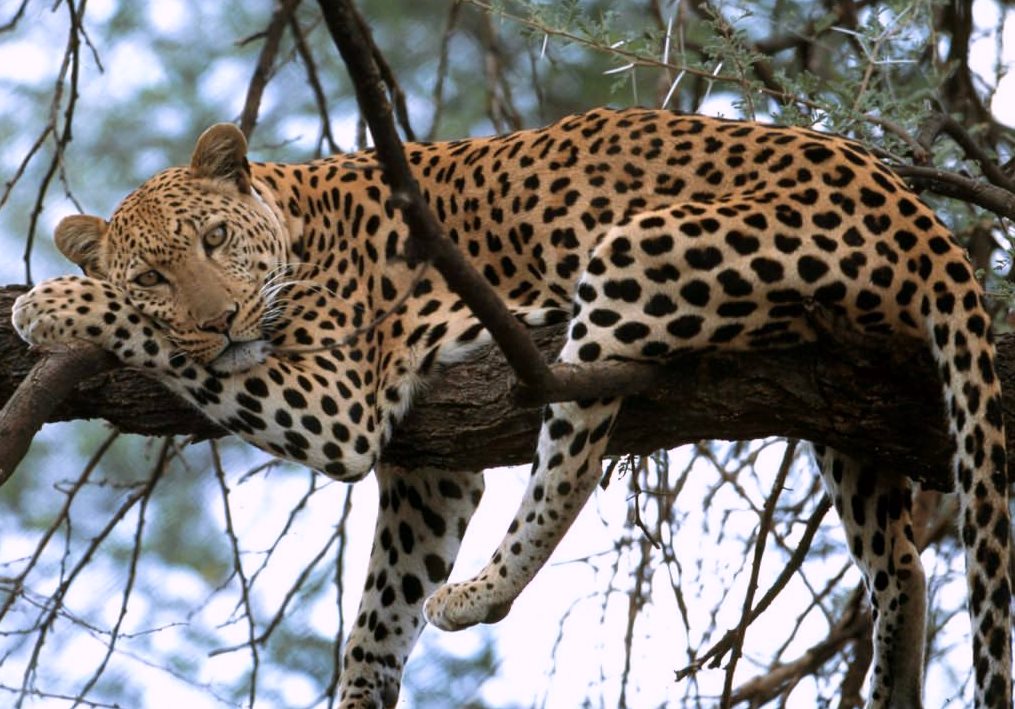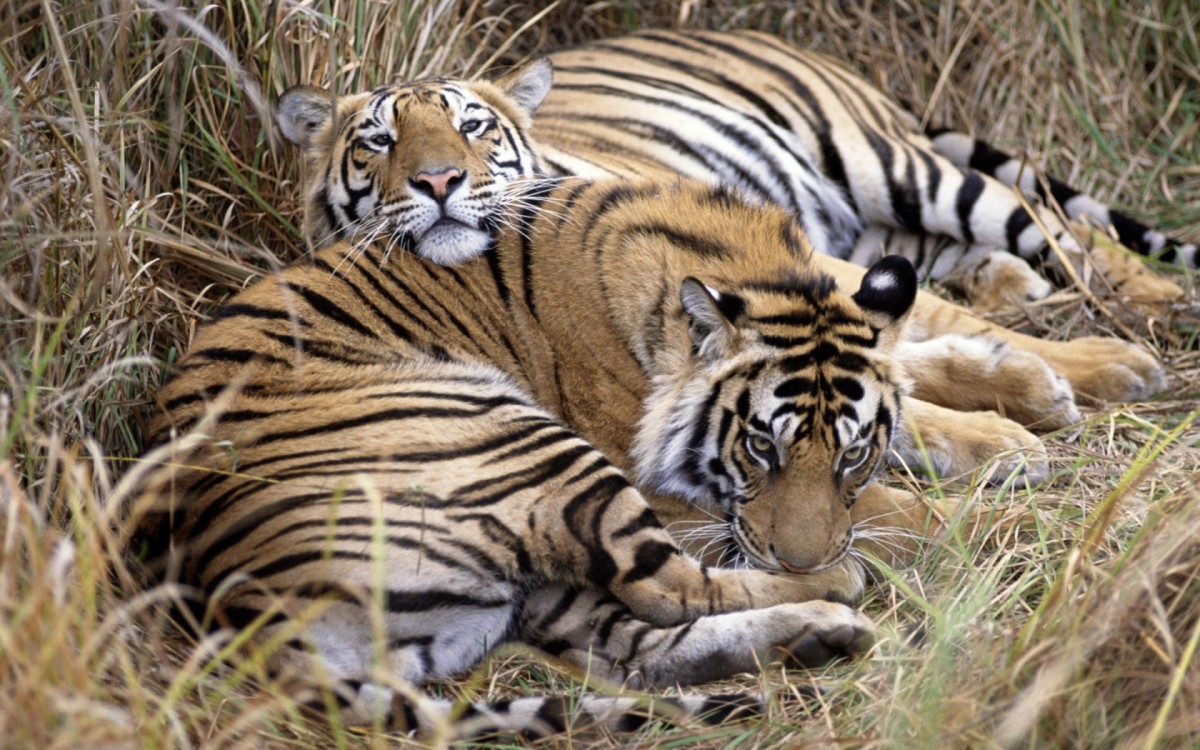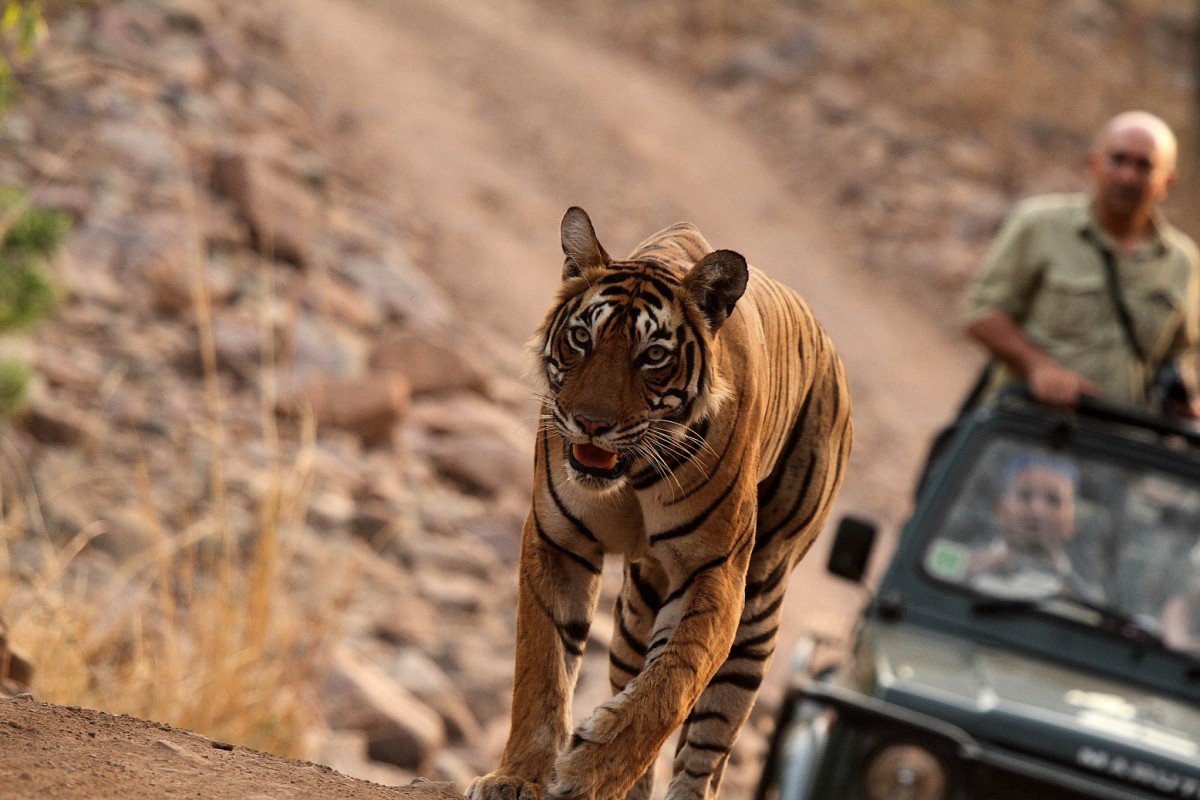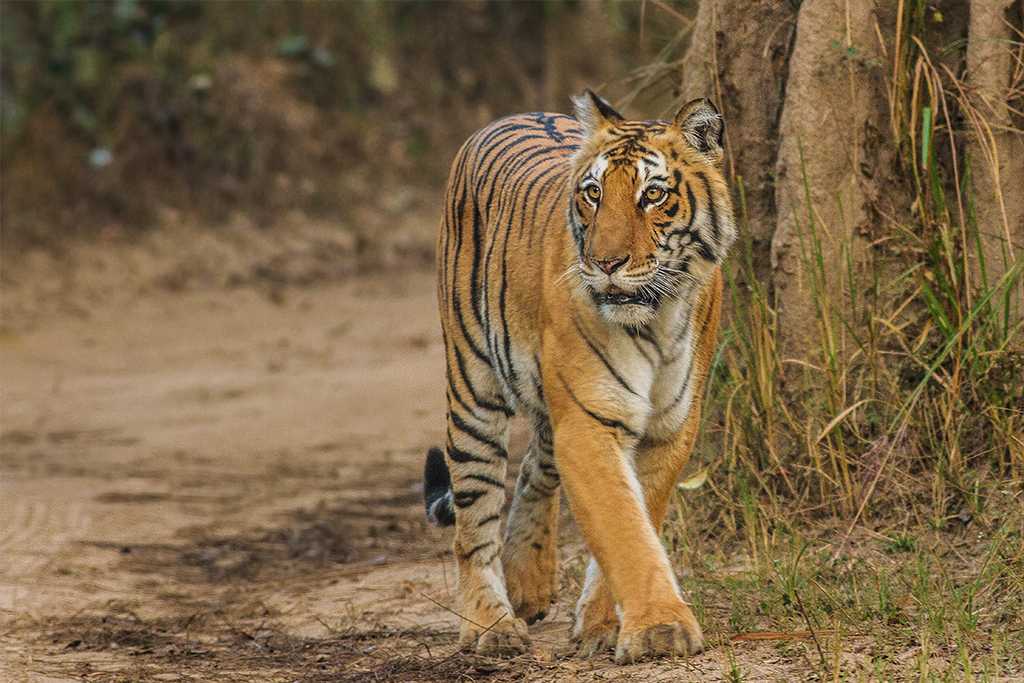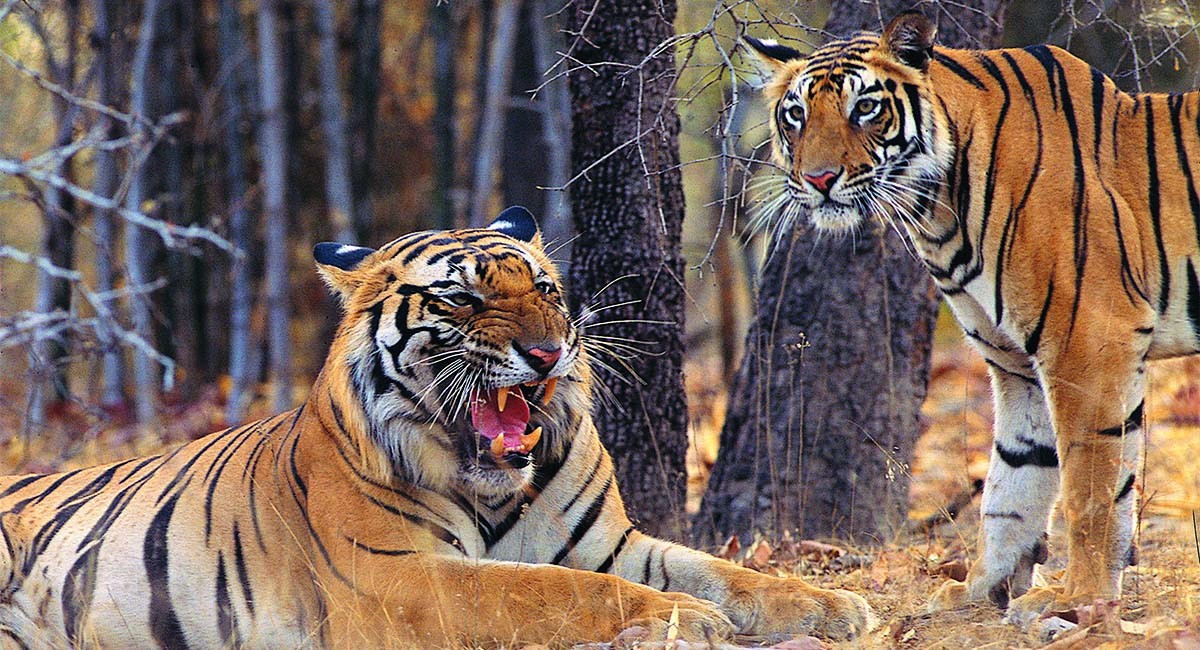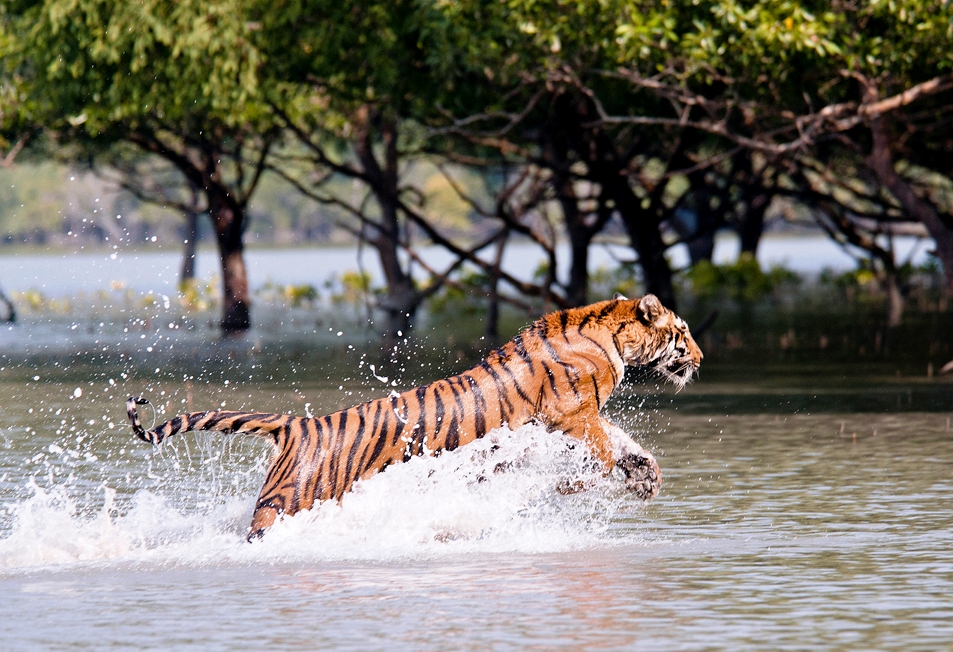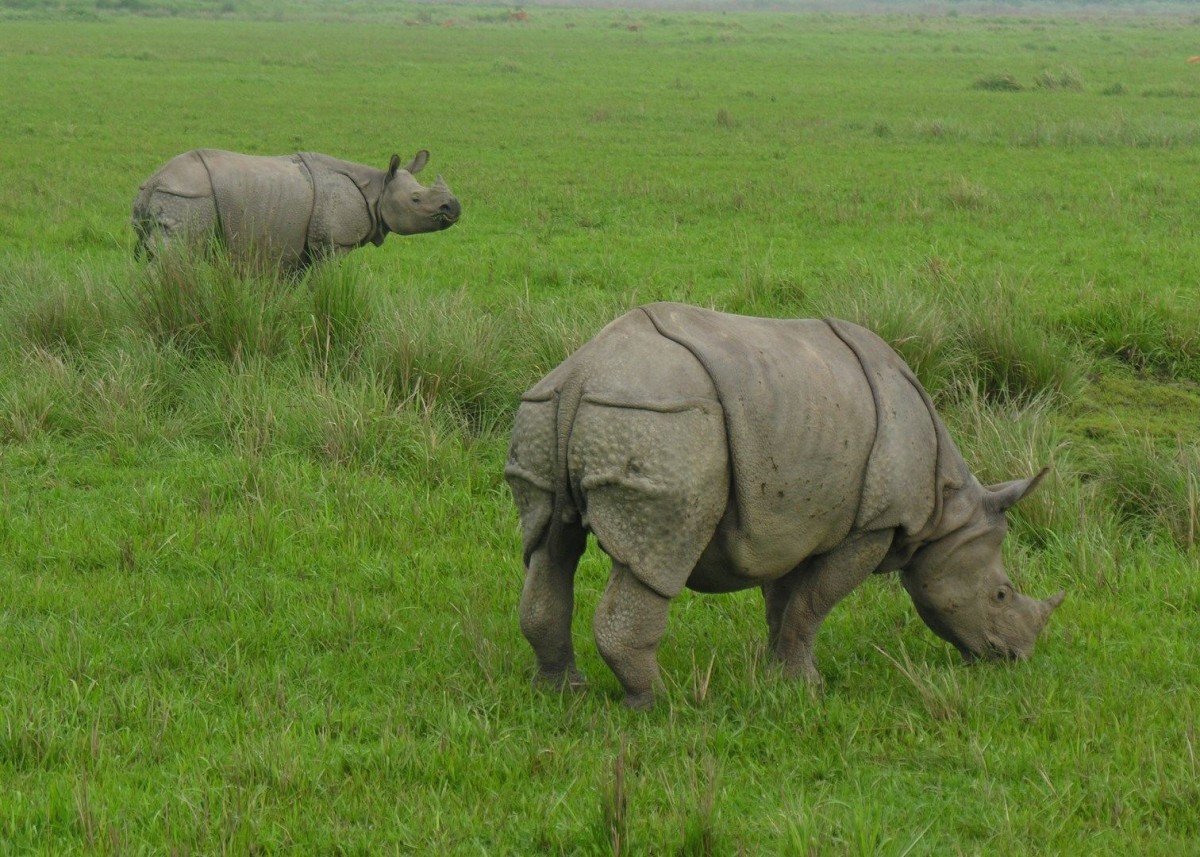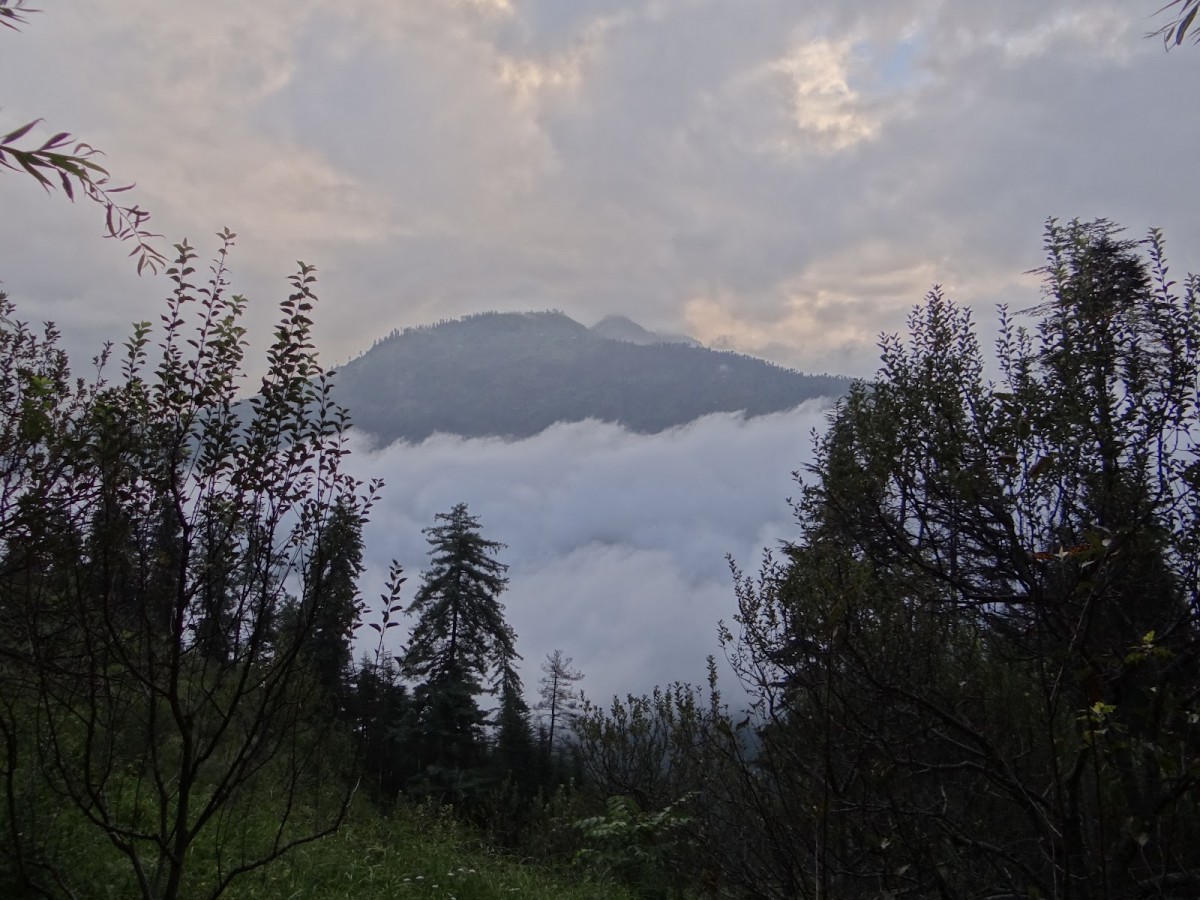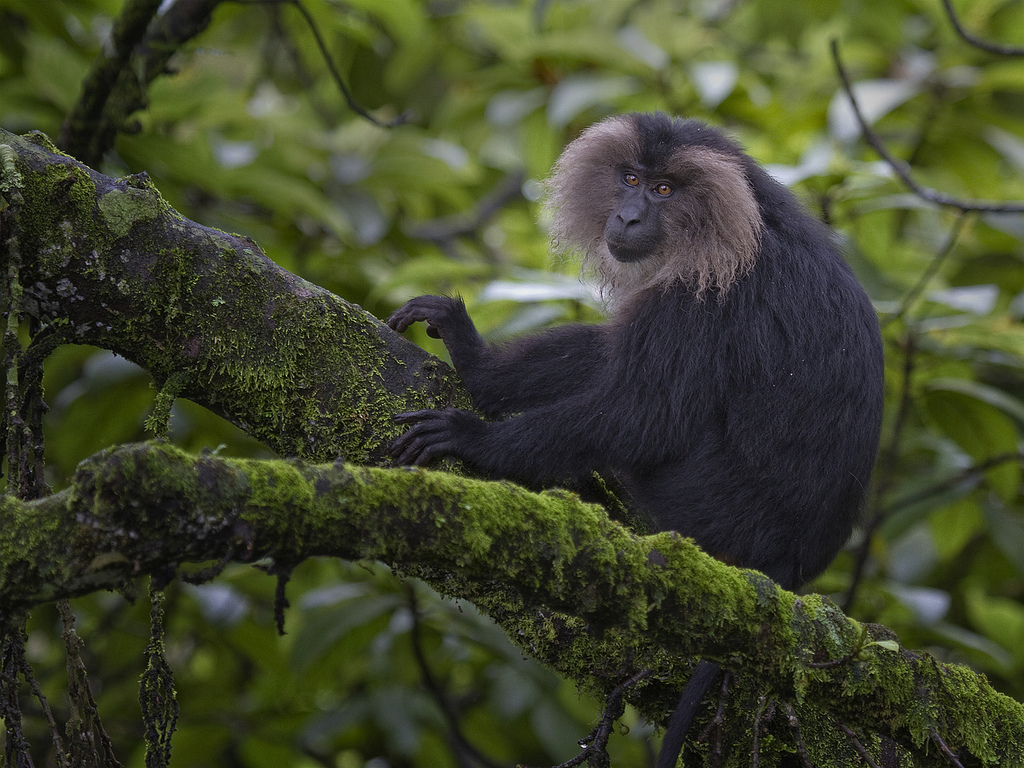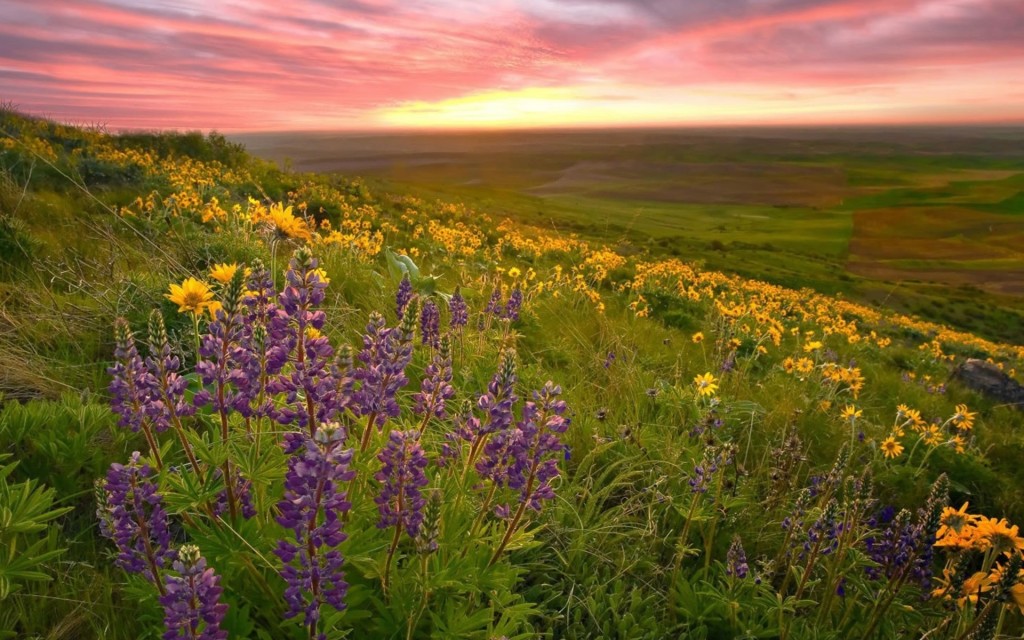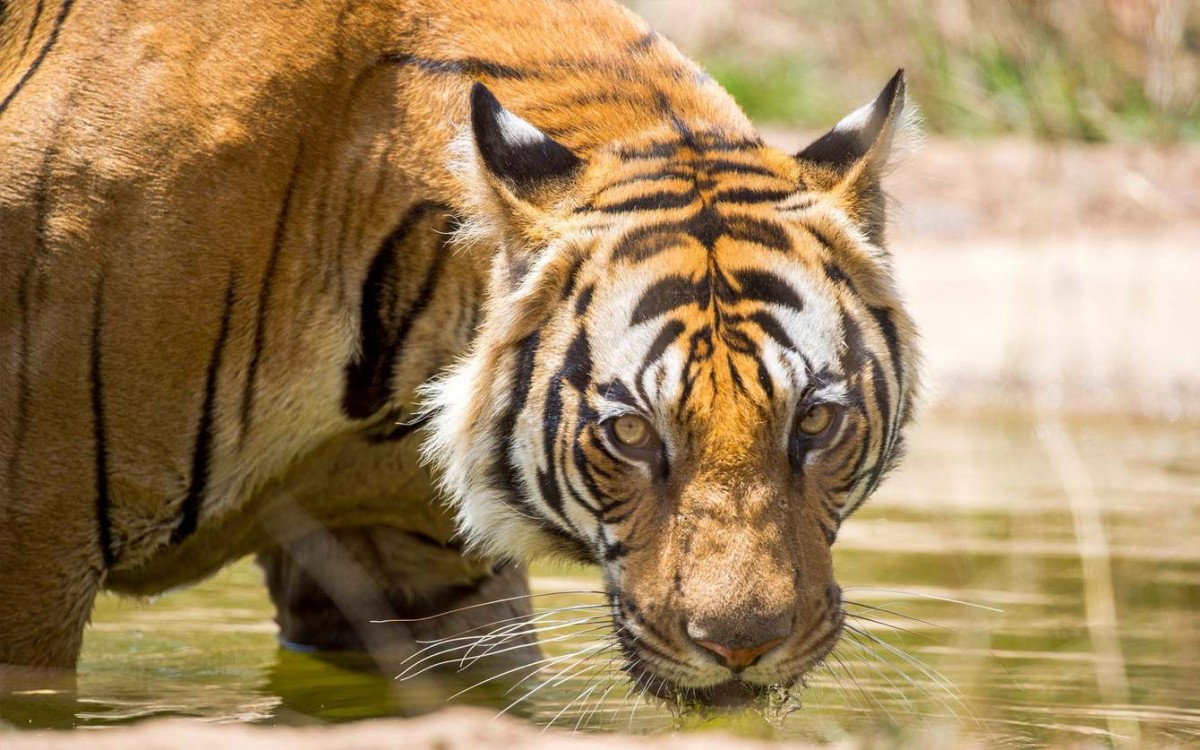
Satpura National Park
Park At A Glance
| IUCN Category | II (National park) |
| State | Madhya Pradesh |
| District | Pachmarhi. |
| Area | 587 Sq. Km. |
| Year of Notification | 13 October 1981 |
| Topography (Habitat) | Hilly. |
| Vegetation | Mixed deciduous forest. |
| Fauna (Animals) | Leopard, Tiger Chital, Sambar, Gaur. |
| Recommended Period for Visit | January – June |
| Nearest Town | Pacmarhi (1 Km) |
| Nearest Railway Station | Piparia (54 km) |
| Nearest Airport | Bhopal (190 Km) |
About Satpura National Park: Satpura National Park is cradled in the Satpura Range

(Mahadeo Hills) and straddles the State of Madhya Pradesh. With the adjoining Bori & Panchmarhi Sanctuaries, Satpura N.P. provides 1427 sq. kms of unique Central Indian Highland ecosystem cover to India’s wild denizens. Satpura N.P.(set up in 1981 and 524 sq. km) is beautiful and unspoiled. It represents nature at its very best. The fascinating deep valleys, high mountains, rivulets, waterfalls and Tawa’s vast reservoir combine to give this Park an unique beauty. The terrain is extremely rugged and consists of sandstone peaks, narrow gorges, ravines and dense forests. The altitude ranges from 300 Mts. to 1352 Mts. From the 4500 feet Dhoopgarh peak to the almost level plains of Churna the ride is only 60 kms but it takes about 5 hours to travel from the cool environs of Panchmarhi resort to the edge of the Tawa reservoir.
General Information: Satpura is surrounded by hills so the weather is very pleasant here throughout the year. The temperature is never above 37 degrees during summers and below 7 degrees during winters. The best season to visit this place is between Januray to June.
What to See in Satpura National Park: Satpura & Bori abound in Central Province wildlife. The bio-diversity is stunning with over 1300 species of plants, which include numerous rare bryophytes and pteridophytes. While Sal & Teak forests are abundant, Central India mixed deciduous forests covers a major part of the area. An evident eyesore is the rampant and unchecked growth of Lantana. The meadows and valleys have been completely taken over by this invader. The terrain, which is covered by some of the oldest Sal & Teak forests in India, is home to 50 mammal species, 254 bird species & 30 species of reptiles. The Tiger, Gaur, Leopard, Indian Giant Squirrel, Sambar, Sloth Bear, Chital, Barking Deer, Wild Boar, Rhesus Monkey, Langur, Nilgai, Hyena, Wild Dogs, Smooth Otter, Pangolin, Porcupine, Marsh Crocodile, Ratel, Four Horned Antelope and many other species of wildlife are seen. Birds are everywhere and Malabar Pied Hornbills, Crested Serpent Eagles, Crested Hawk Eagles, Honey Buzzards, Paradise Flycatchers, Pittas, Thrushes, Peafowl, Pheasants fill the air with their calls.
Satpura National Park Attractions:
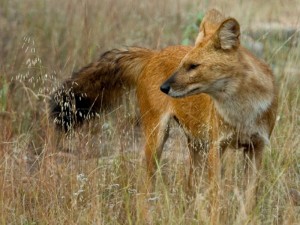
Cahuragarh Dhupgarh: These are two separate hills in Pachmarhi. From here one can watch the spectacular Sunrise and Sunset. The ancient Shiva temple of Cahuragarh is also worth seeing. The Sunrise at Dhupgarh leaves one mesmerised. One can also spend one night at Dhupgarh.
B-Falls: About 3 kms from Pachmarhi is a very beautiful waterfall called the B Falls. Its about half a kilometer below Pachmarhi. One gets the feeling that molten silver is being poured from this fall. Falling from a height of 150 feet these falls provide an ideal refuge to the body and mind.
Jatashankar: 1.5 kilometer from the bus stand are the natural caves of Jatashankar. These caves display the unique architecture of nature. At Jatashankar there is pool between two rocks and another rock is suspended without any support. This natural spectacle has enthralled the visitor from times immemorable. This place is also very popular among the director and producers of films.
Pandav caves: These caves are considered to be carved out during the Buddha period. Mythology supports this version of the historians by saying that during Mahabaharata era the five Pandav brothers had spend few years in exile here. There are five temples made in their honour.
Mahadev: This cave is 30 meter long and water is always seeping inside the cave. The source of this water has been traced to a water fall. In the middle of the cave is a small pool of water. Inside the cave is a Shivaling (Phallus). Here on every Shivratri a fair is held and about 4-5 lakh devotees throng this place. During the first war of Independence Tatiya Tope had reassembled his army here. Near by Mahadev are the caves of Gupt Mahadev.
Though nature has provided Pachmarhi with immense beauty and there are many places to go around. Hadi Koh, Richgarh, Apsara Vihar, Daurithi Deep, Rajendra giri, Rajat Pratap, roman Catholic Church, Little Fall are some of the places which one should not miss if he goes to Pachmarhi.
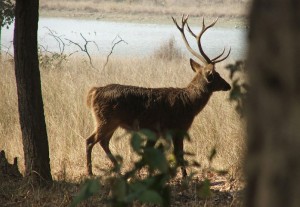
Tamiya: Tamiya is more beautiful than Pachmarhi and is totally unvisited by tourists. The Sunset point at Tamiya is place where you can sit for hours and enjoy the setting sun. This experience can not be matched by any other thing. The stay at almost a century old government rest house and watching the natural beauty of the Satpura hills gives you a feeling that there is nothing than the hills in this world. You are bound to be lost in the scintillating beauty of the Satpura hills here. Tamiya has a good and low budget hotels. The PWD rest house and the forest department guest house have good accommodation facility. To reach Tamiya one can hire Jeeps from Pachmarhi but there are private and government bus services for Tamiya.
Though the Pachmarhi is an unexploited tourist destination, one should always keep an eye for the touts. Though the weather here is pleasant one should carry warm cloths during winters and light warm cloths during the summer seasons

